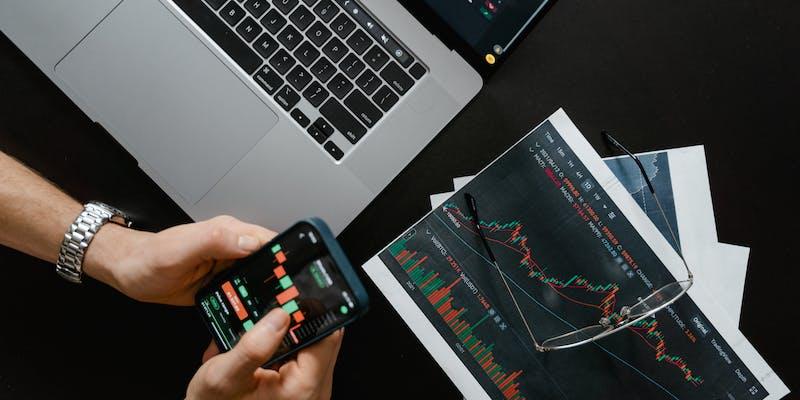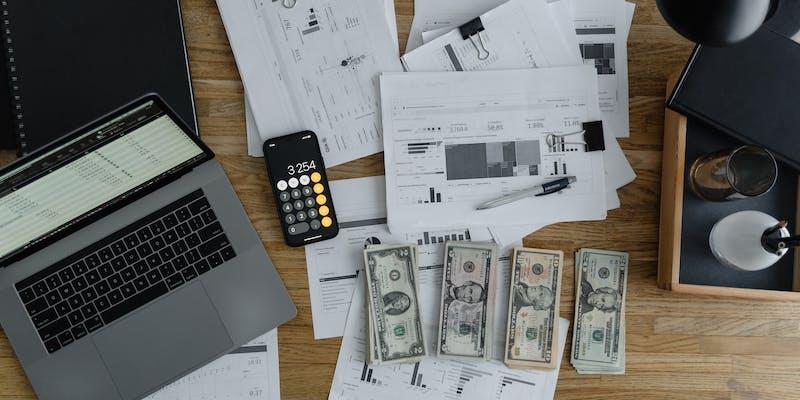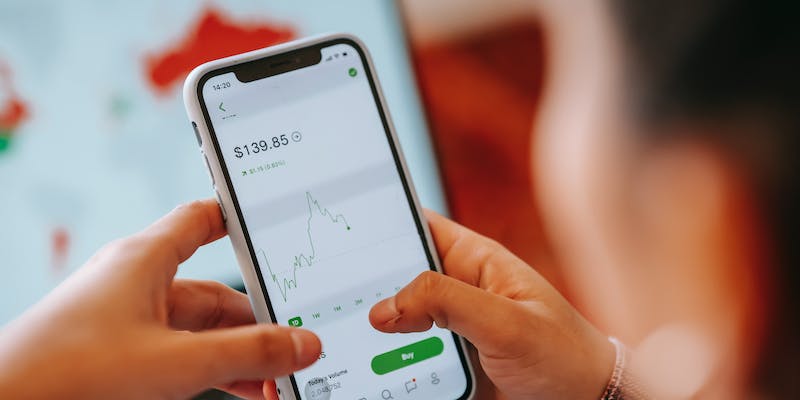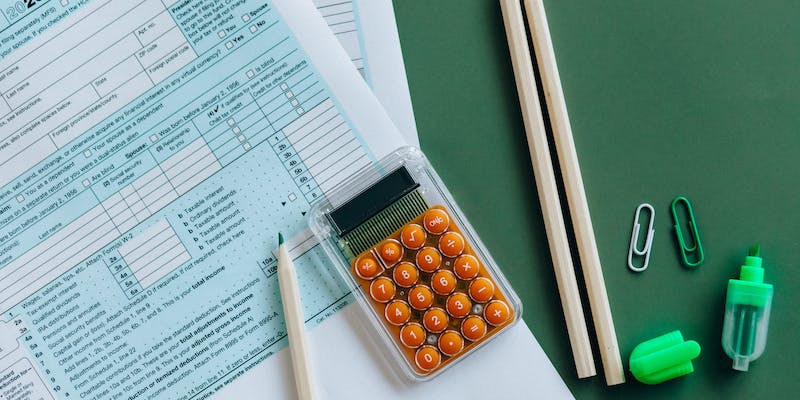Exchange rates are the cost of exchanging currencies. Currency tags are like product tags but for currencies. A USD/EUR exchange rate of 1.21 means 1 Euro is worth 1.21 US Dollars. Users of currency converters need this rate to know what their money is worth in another currency. A conversion calculator lets you quickly calculate how much foreign currency you'll get for your dollars or vice versa.
Formulas and Examples for Calculating Exchange Rates
For personal travel, business dealings, and investment, currency exchange and currency converter skills are invaluable. This knowledge improves your financial skills and helps you navigate the global economy. An accurate currency converter lets you handle international transactions with confidence.
Currency conversions can be calculated using essential formulas to determine how much one currency is worth for another. A detailed breakdown:
Basic Conversion Formula
Amount in Desired Currency = Amount in Base Currency×Exchange Rate
Example:
For example, if you're converting 500 USD to Euros at a rate of 0.85, the math is straightforward: 500 USD times 0.85 equals 425 EUR. This basic calculation is essential for anyone dealing with currency exchange.
Thus, USD 500 equals 425 Euros.
Inverse Conversion Formula
Cost of 1 Unit of Foreign Currency = 1 / Exchange Rate
Example
If the USD/CAD rate is 1.33, 1 Canadian dollar in US dollars would cost approximately 0.7518 USD. This calculation is handy for quick currency exchange estimates.
So, one Canadian dollar costs approximately 0.7518 US dollars.
Markup Calculation
Markup Percentage = [(Bank’s rate−Market rate market rate) / Markup rate] ×100
Example
If a bank charges 1.37 CAD when the market rate is 1.33 USD/CAD, the markup is about 3%. This awareness is crucial for accurately estimating costs in currency exchange.
(1.37−1.331.33)×100≈3%(1.331.37−1.33)×100≈3%
This implies a 3% markup on the currency exchange.
Calculating Currency Requirements
Foreign Currency Needed=Your Local Currency Amount / Bank’s Exchange Rate
Example
If you need Euros and have 1,000 USD with a bank's exchange rate of 1.146, use a conversion calculator:
1000 USD1.146≈872.60 EUR1.1461000 USD≈872.60 EUR
You would receive approximately 872.60 Euros for your currency exchange.
Key Influences on Exchange Rates

Interest Rates
Interest rates strongly influence exchange rates. Investors seeking higher returns prefer countries with higher interest rates. This increased demand for the currency pushes up its value. Anyone using a currency exchange must know these rates, as they directly impact the conversion value.
Economic Performance
A country's economic health is a magnet for foreign investment. Strong economic indicators like GDP growth, employment rates, and industrial production can make a currency more appealing.
Currency converters often reflect these changes, as currencies from stronger economies are typically valued higher. A conversion calculator can yield more foreign currency for the same amount during economic prosperity.
Political Stability
The stability of a country's political scene is another key player. Stable governments, devoid of turmoil or unrest, tend to attract investors. This stability is reflected in a more vital currency value.
When using a currency exchange, it’s essential to consider the political climate, as it can significantly impact the exchange rates provided by the conversion calculator.
Market Sentiment
Lastly, the perception of a currency’s value in the eyes of traders can sway its actual worth. If traders feel optimistic about a currency's future, its value may rise. Conversely, pessimism can lead to depreciation.
Thus, for anyone using a currency converter, keeping an eye on market trends is as important as the actual economic indicators. A conversion calculator might show real-time values, but understanding market sentiment can offer insights into future rate changes.
Types of Exchange Rates

Flexible Exchange Rates
Flexible exchange rates are like the ever-changing winds of the currency market, driven by supply and demand. Imagine a currency converter in constant motion, adapting to the latest financial news, economic data, or even political events. In this system, the value of a currency, say the US dollar, floats freely, and its price adjusts based on how much people are willing to buy or sell it for.
These rates are dynamic. For example, if more people want to buy the dollar compared to the Euro, the dollar's value goes up. Similarly, if investors start selling off the dollar, its value drops. This continuous adjustment makes a currency exchange under a flexible rate system a real-time reflection of economic conditions. About 51% of all countries worldwide, including major economies like the USA, Canada, and Australia, use flexible exchange rates.
Fixed Exchange Rates
Fixed exchange rates are the steady anchors in the world of currency exchange. Here, a country's government or central bank sets its currency's value against a primary currency like the US dollar or a basket of currencies. Think of it as putting a permanent rate on your conversion calculator, immune to the daily ups and downs of the market.
This system provides stability and predictability in international trade. For instance, if the US sets the exchange rate of its dollar to 2 units of a foreign currency, it commits to maintaining that rate. The central bank may buy or sell large amounts of its own or foreign currency to keep the rate. About 25% of countries, including Saudi Arabia and Hong Kong, use fixed exchange rates.
Importance of Current Rates
Accessing current exchange rates is crucial in currency exchange. Before using a currency converter or exchanging currencies, check the latest rates. This diligence keeps your conversion calculator current with market conditions, giving you an accurate reflection of your currency's value.
Frequent checks on a reliable currency converter can shield you from unexpected market shifts, allowing for more precise financial planning. This practice is not just a recommendation but necessary for anyone dealing with international currency exchange.



